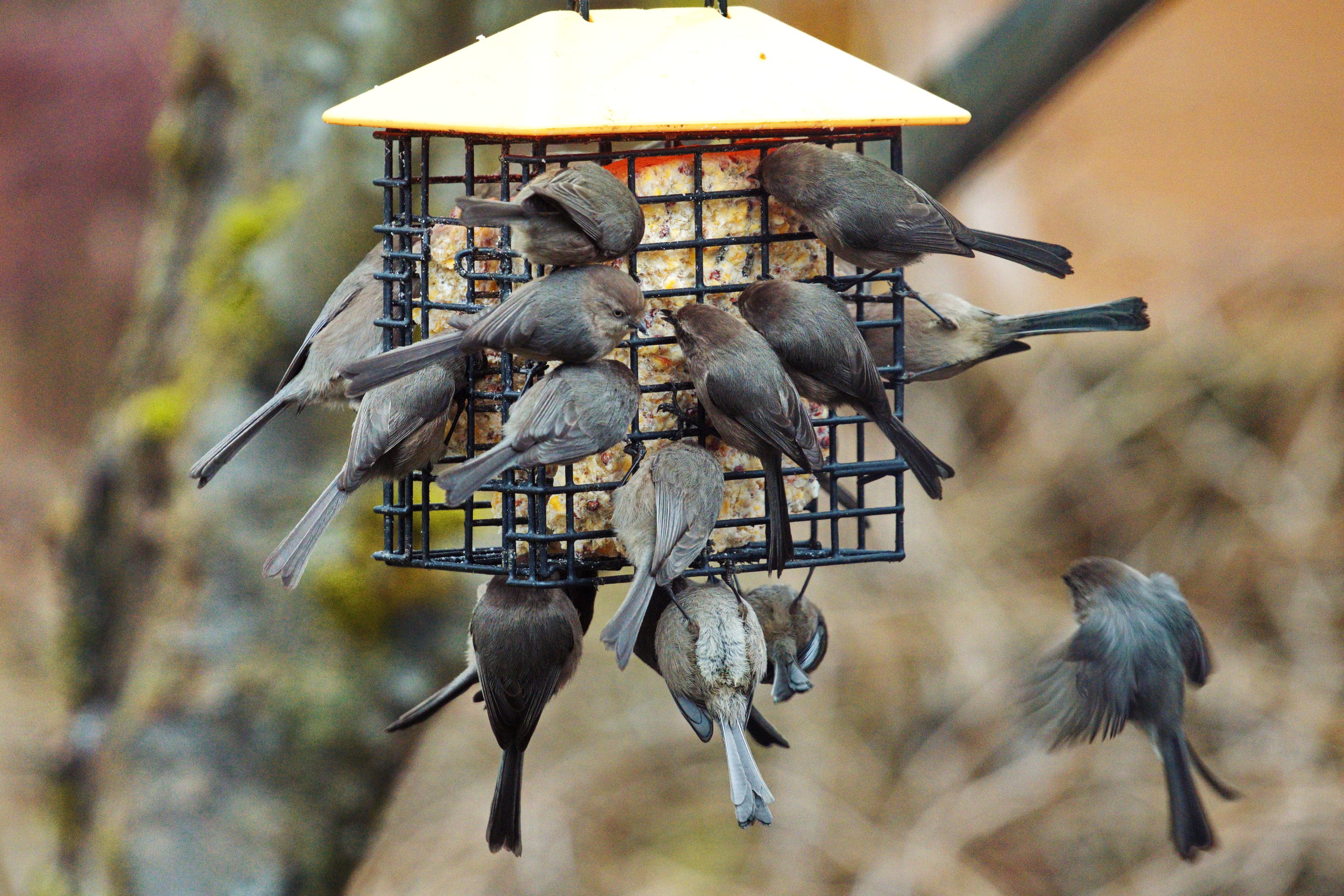Support Us
Since 1979 more than 140,000 animals have been treated by Wildlife Rescue.
Thanks to the support of individuals like you, Wildlife Rescue can provide a lifeline for animals in distress.
 Fall and Winter Bird Feeder Guidance Many of us like to give wildlife a helping hand by providing bird feeders over the cold fall and winter months. With various avian diseases spreading during these months, it is important to be... Read More
Fall and Winter Bird Feeder Guidance Many of us like to give wildlife a helping hand by providing bird feeders over the cold fall and winter months. With various avian diseases spreading during these months, it is important to be... Read More
Every year from around mid-March to late August, the lower mainland is filled with birds finding habitats, constructing nests, and nesting. For birds, their mating season is extremely important – after all, this is the period in which they lay eggs and watch their kids grow up!
Read MoreEvery year, Wildlife Rescue provides care to hundreds of wildlife impacted by glue traps and flypaper. These inhumane methods to prevent unwanted guests inside and outside our homes causes horrific injuries and sometimes death to vulnerable wildlife.
Read More
Wildlife Rescue is currently admitting record-breaking numbers of Pine Siskins showing symptoms of Salmonella infection. Here are some commonly asked questions regarding this outbreak answered!
Read MoreThrushes, including the Varied Thrush and the Hermit Thrush, are birds we see often at Wildlife Rescue. They face growing challenges and obstacles navigating in their natural habitat due to human and natural disturbances.
Read MoreA familiar sight in British Columbia, male Spotted Towhees have reddish-orange flanks, black wings, and grey underwings, though the females have grey wings instead of black. These clever sparrows tend to dart from place to place by hopping rather than flying since they mainly forage for insects (such as beetles, ladybugs, crickets, grasshoppers, moths, and spiders), berries, seeds, and acorns (such as raspberries, blackberries, chickweed, oats, corn, and cherries).
Read MoreSince 1995, North American Eagle Day has been celebrated across the globe. This regal bird and spiritual symbol for Indigenous people once became endangered by hunting and pesticides. After pesticides were banned, laws to protect these eagles were put in place to protect these vulnerable species. This special day celebrates the population growth of Bald Eagles since their protection and endangerment scare in the 1960s.
Read MoreCaring for Great Blue Heron such as this is a lot of work. They require constant attention-particularly when they’re in groups to ensure no violence breaks out. Yet while this is a concern, typically this behavior is only exhibited when there’s a scarcity of resources, so while they’re in care its quickly made clear there’s going to be enough food for all of them.
Read MoreThe Western Painted Turtle is the only native pond turtle left in BC. Currently, they are blue-listed which means they are sensitive to human disturbances and natural occurrences. They are considered vulnerable to habitat loss and are susceptible to human and natural disturbances.
Read More